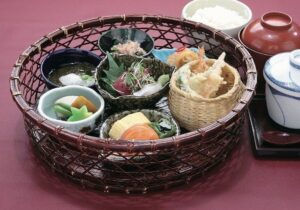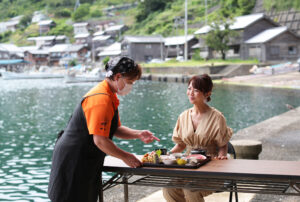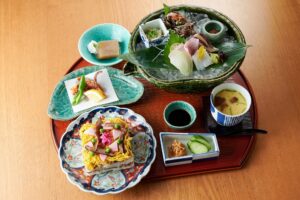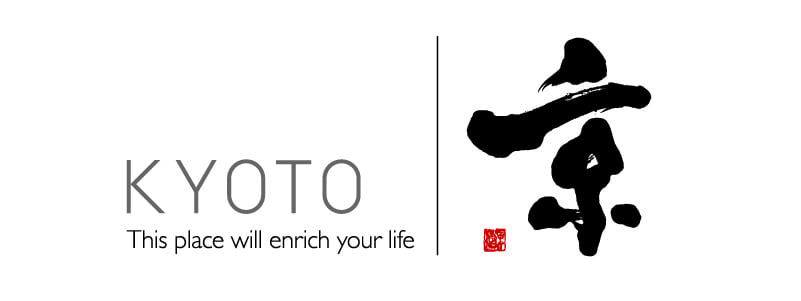Term archive

投稿タイプ:column
A Guide to Kyoto’s Serene Seaside: From Amanohashidate to Ine Fishing Village

投稿タイプ:itineraries
Travel around famous spots in “Kyoto by the Sea” and “Woodland Kyoto” by train
This course will take you by train around northern Kyoto, where you can enjoy beautiful views of Kyoto by the Sea and delicious dishes from the Japan Sea. The scenic views of Amanohashidate, one of Japan's three most famous scenic views, and the funaya boat houses of Ine are not to be missed. Unwind from your travels at a hot spring spa in Amanohashidate. In "Woodland Kyoto," take a tour of Fukuchiyama Castle, built by the famous Japanese warrior Akechi Mitsuhide. Enjoy beautiful views on the Hozugawa River boat ride from Kameoka as you wend your way to Arashiyama in Kyoto. Arashiyama is Kyoto's archetypal spot for beautiful views of the ever-changing seasons.
Take the Kansai Airport Express Haruka from Kansai International Airport to Kyoto, where you'll transfer for the Maizuru Limited Express train bound for Higashi Maizuru.
By Kansai Airport Express Haruka (JR Kansai Airport Line)/Maizuru Limited Express (JR San'in Line): 3 hrs 30 mins

投稿タイプ:itineraries
Take a drive to Kyoto by the Sea and a trip to appreciate Miyama’s picturesque scenery.
This is a driving course centered around northern Kyoto Prefecture, where you can enjoy the picturesque views of Kyoto by the Sea. You'll get to see Maizuru Bay, Amanohashidate, Ine's funaya boat houses, San'in Kaigan Geopark, and other beautiful views of the Japan Sea. Unwind from your trip at Yuhigaura Hot Spring. There are old Japanese style kayabuki thatched roof houses in Miyama's Kayabuki no Sato. On the last day you'll make your way to Kyoto City and take a stroll around Arashiyama, an exemplary Japanese sightseeing spot.

投稿タイプ:rentals-list
Ayabe Tourist Information Center

投稿タイプ:rentals-list
Fukuchiyama Tourist Information Center

投稿タイプ:info-centers-list
Ayabe Tourist Information Center

投稿タイプ:info-centers-list
Fukuchiyama Tourist Information Center

投稿タイプ:restaurants
Hisami
At Hisami, the focus of the cuisine is local, and with Taiza Port only a few minutes away, they create a variety of fish dishes that use the fresh catch of the day. They have perfected local delicacies like seafood rice bowls, homemade sesame pickles, as well as seasonal dishes. Despite being a local restaurant, Hisami also has a lineup of international dishes, and special full course meals created around the taiza crab (locally-caught, and famous across Japan). The must-try item is the homemade heshiko (rice bran mackerel), which has become quite a local specialty. If you want to buy it as a take-home souvenir, it’s also sold right next door at Heshiko Kobo HISAMI, a café also run by Hisami. It’s quite stylish and newly opened.

投稿タイプ:restaurants
Ninokichi
Ninokichi was founded in 1981 in Fukuchiyama, where a meat-eating culture has taken root. Currently, the restaurant is run by its second generation owner, Mr. Shinya Otsuki, and it's attracted attention for its French-based meat dishes, particular about their quality.
Quality is the top priority for beef used at Ninokichi. Beef here is sourced from far and wide, from local sources to as far as Kyushu in southern Japan, all to carefully select the best ingredients attainable at the time. The chef oversees most of the process, from aging to cutting, ensuring nothing gets overlooked in the pursuit of the best taste. Furthermore, as you can see by the beautiful presentation of the meat dishes here, Ninokichi is defined by the creative presentations of Mr. Otsuki, with his background in French cuisine. Unique menu items have included dishes such as smoked deer and bagna càuda dip, which many customers have enjoyed paired with wine. At Ninokichi, you're sure to find some surprising deliciousness in the mix of grilled meat and French-style cuisine.

投稿タイプ:restaurants
Yurari Yura-gawa
Founded in 1902, Yurari Yura-gawa was opened in 1996 by relocating a more than 100 year-old home from Tsuruga City, Fukui Prefecture to its current location, looking out on the gentle flower of the Yura-gawa River and operating as a sister establishment to Dining Ryokan Inn Fushimi-ya.
Relax at a counter seat or Japanese-style room looking out at the scenery, or in the calming atmosphere of a sunken fireplace or attic room.
Important concepts for the food here are the ingredients, and charcoal-grilling.
Enjoy seasonal ingredients like wild Tamba plants and Wakasa seafood prepared Japanese-style.

投稿タイプ:restaurants
The Kamanyu Fishery
The Kamanyu Fishery is located at the port in Ine Town, part of Kyoto by the Sea. The Kamanyu Fishery serves up a generous lunch set, including freshly caught seasonal seafood with plenty of local produce. The Fishing Port Lunch Set includes 9 different dishes, such as sashimi, steamed fish, tempura, shellfish, sea vegetables (like seaweed), rice, soup and other small dishes (the dishes are subject to change with the seasons). The set costs just 2,000 yen (tax included), and meals here can be enjoyed at the outdoor tables under the shade. The combination of fresh seafood and the sea itself makes for a truly refreshing and special lunch experience.
Please note that the fishery is closed every Tuesday, Wednesday and Thursday, as well as from August 1st to the 16th. Bookings are essential, and can be made by phone at 0772-33-026.

投稿タイプ:restaurants
Kyotango Torimatsu
The representative food of the town of Amino is scattered sushi made using mackerel. At Torimatsu, you can sample the taste of this local home cooking. In order to remove the fishy smell, the Tango mackerel is boiled for 6 hours, turned into meat floss and combined with seasonal ingredients and rice and packed into a two-layer box.
